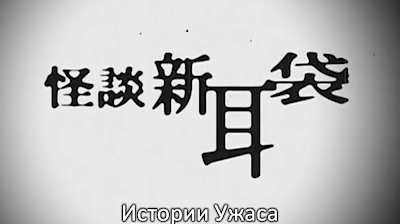Semiotics
A detailed summary of what I learnt from Roland Barthes Media Theory on Semiotics
Semiotics Definition: The study of signs (in other words the way we make sense of everything around our).
What is a sign?: A symbol, a colour, a camera angle (basically everything around you).
Example: Here is a sign of the well know Apple Store. It is something we can infer meaning from, its called the signifier because it’s creating meaning. There are two types of meaning we get from this sign: the first is the denotation (the literal meaning), it is very recognisable to most people). However, it also has a connotation (the signified meaning), the associated meaning. So although it is literally an image of an apple or logo it might mean to some audiences high tech equipment/devices made in California, IPhones etc.. These are not the only connotations of this sign because it depends on your personal ideology (identity), your background, your culture so depending on all of these factors you might look at this image and think Chinese sweatshops you might look and think overpriced equipment.
The reason for this is because signs are what is known as polysemic, meaning many. So, we can read signs around us in many different ways.
Looking at signs in moving image. Tales of Terror for Tokyo (as seen in the image above) is.a text not in English, so when we remove language (where meaning is mainly from), its how much the individual understands on other signs based in the text.
There are four main categories of signs that we look for in film:
Miss-en-scene:
This includes the set, the costume, the hair and the makeup. In this example extract it was seen that the corridor was very cramped (they chose to shoot the scene that instantly felt quite claustrophobic). In the scene the set was ver simple and plain (there was a lack of decoration and the walls were all white). Finally by selecting the character as the girl who looked sweet, innocent and cute, the feeling of terror (like when a child) would have been so much more than had it of been an adult trying to let someone in to the house.
Sound:
They’re might be sings in the form of music, sound effect the way people sound. The voice of the character behind the door sounds terrifying (even though most likely we don’t know what they’re saying), but the tone of the voice is creating meaning that we should be scared of this character. Having noice/music and removing it make the same impact on the audience (in terror and fear)
Camerawork:
We can look at the way the camera is framed through composition, the movement and how that might be creating meaning to the audience. Extreme wide angle shot were used in this example, to really emphasise just the amount of space they’re actually was and hw small the young girl looked in these small rooms.
Editing:
The use of sequencing, how one clip moves directly to another. For example in the extended scene were there was not any cutting for a long period of time, because this scene was so long it added to the held breath sensation we had with the lack of music.
Signs In DetailSigns are selected by media producers to create a specific meaning. For example in a new magazine you could pick an this image (see below) to repent Plymouth or you could select this one. The decision the media producer makes will create a huge amount of meaning for the audience, that’s a huge amount of influence the media producer has of their audience form the selection of signs.








Excellent work: good subject knowledge and well presented.
ReplyDelete